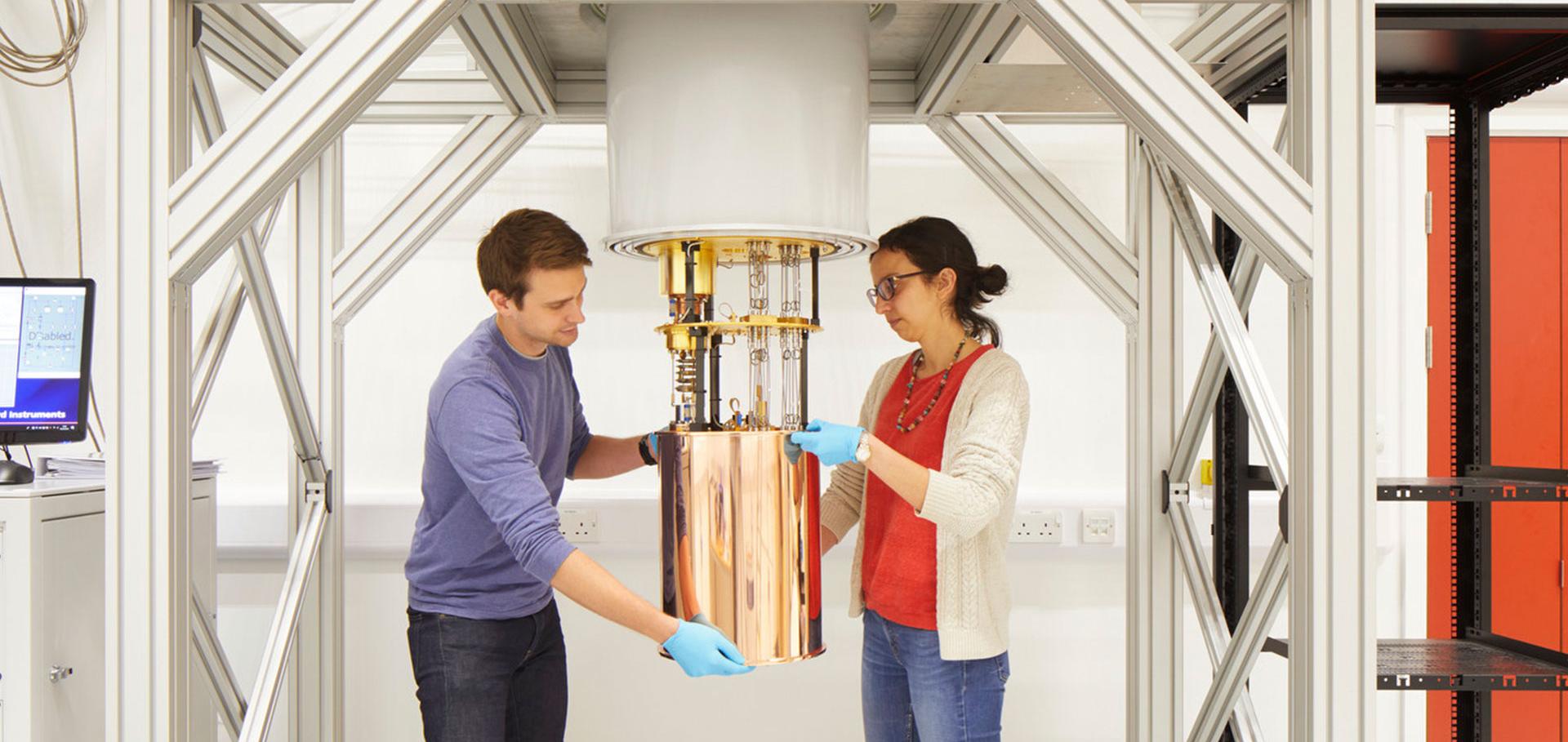Sister chromatid cohesion establishment during DNA replication termination
Science American Association for the Advancement of Science 384:6691 (2024) 119-124
Abstract:
Newly copied sister chromatids are tethered together by the cohesin complex, but how sister chromatid cohesion is coordinated with DNA replication is poorly understood. Prevailing models suggest cohesin complexes, bound to DNA before replication, remain behind the advancing replication fork to keep sister chromatids together. By visualizing single replication forks colliding with pre-loaded cohesin complexes, we find that the replisome instead pushes cohesin to where a converging replisome is met. While the converging replisomes are removed during DNA replication termination, cohesin remains on nascent DNA and provides cohesion. Additionally, we show that CMG disassembly during replication termination is vital for proper cohesion in budding yeast. Together, our results support a new model where sister chromatid cohesion is established during DNA replication termination.Visualization of direct and diffusion-assisted RAD51 nucleation by full-length human BRCA2 protein
Molecular Cell Cell Press 83:16 (2023) 2925-2940
Abstract:
Homologous recombination (HR) is essential for error-free repair of DNA double-strand breaks, perturbed replication forks (RFs), and post-replicative single-stranded DNA (ssDNA) gaps. To initiate HR, the recombination mediator and tumor suppressor protein BRCA2 facilitates nucleation of RAD51 on ssDNA prior to stimulation of RAD51 filament growth by RAD51 paralogs. Although ssDNA binding by BRCA2 has been implicated in RAD51 nucleation, the function of double-stranded DNA (dsDNA) binding by BRCA2 remains unclear. Here, we exploit single-molecule (SM) imaging to visualize BRCA2-mediated RAD51 nucleation in real time using purified proteins. We report that BRCA2 nucleates and stabilizes RAD51 on ssDNA either directly or through an unappreciated diffusion-assisted delivery mechanism involving binding to and sliding along dsDNA, which requires the cooperative action of multiple dsDNA-binding modules in BRCA2. Collectively, our work reveals two distinct mechanisms of BRCA2-dependent RAD51 loading onto ssDNA, which we propose are critical for its diverse functions in maintaining genome stability and cancer suppression.Multivalent interactions essential for lentiviral integrase function
Nature Communications Springer Nature 13 (2022) 2416
Abstract:
A multimer of retroviral integrase (IN) synapses viral DNA ends within a stable intasome nucleoprotein complex for integration into a host cell genome. Reconstitution of the intasome from the maedi-visna virus (MVV), an ovine lentivirus, revealed a large assembly containing sixteen IN subunits1. Herein, we report cryo-EM structures of the lentiviral intasome prior to engagement of target DNA and following strand transfer, refined at 3.4 and 3.5 Å resolution, respectively. The structures elucidate details of the protein-protein and protein-DNA interfaces involved in lentiviral intasome formation. We show that the homomeric interfaces involved in IN hexadecamer formation and the α-helical configuration of the linker connecting the C-terminal and catalytic core domains are critical for MVV IN strand transfer activity in vitro and for virus infectivity. Single-molecule microscopy in conjunction with photobleaching reveals that the MVV intasome can bind a variable number, up to sixteen molecules, of the lentivirus-specific host factor LEDGF/p75. Concordantly, ablation of endogenous LEDGF/p75 results in gross redistribution of MVV integration sites in human and ovine cells. Our data confirm the importance of the expanded architecture observed in cryo-EM studies of lentiviral intasomes and suggest that this organization underlies multivalent interactions with chromatin for integration targeting to active genes.How the Biochemical Society and Portland Press are engaging with and supporting early career researchers
The Biochemist Portland Press 43:4 (2021) 42-44
Biochemistry: one molecule at a time
Essays in Biochemistry Biochemical Society 65:1 (2021) 1-3


